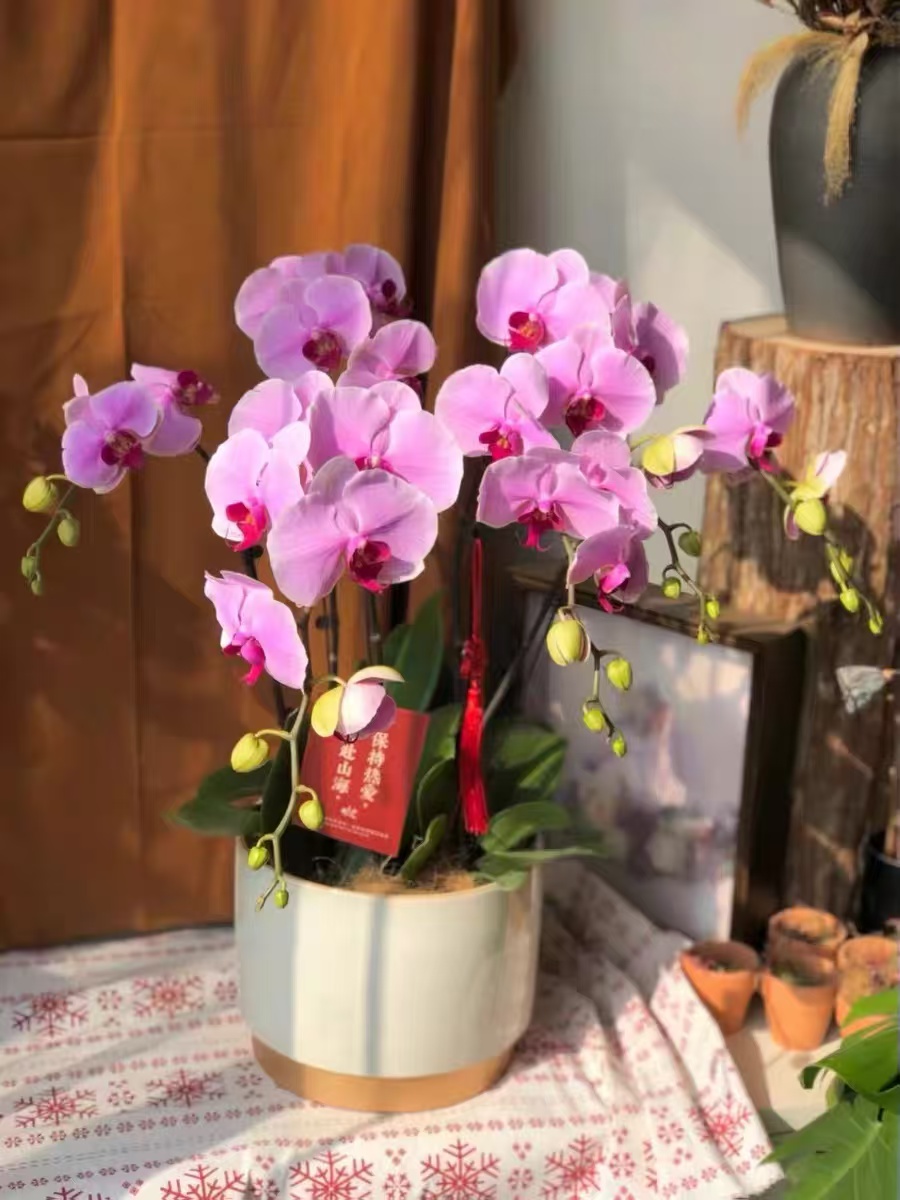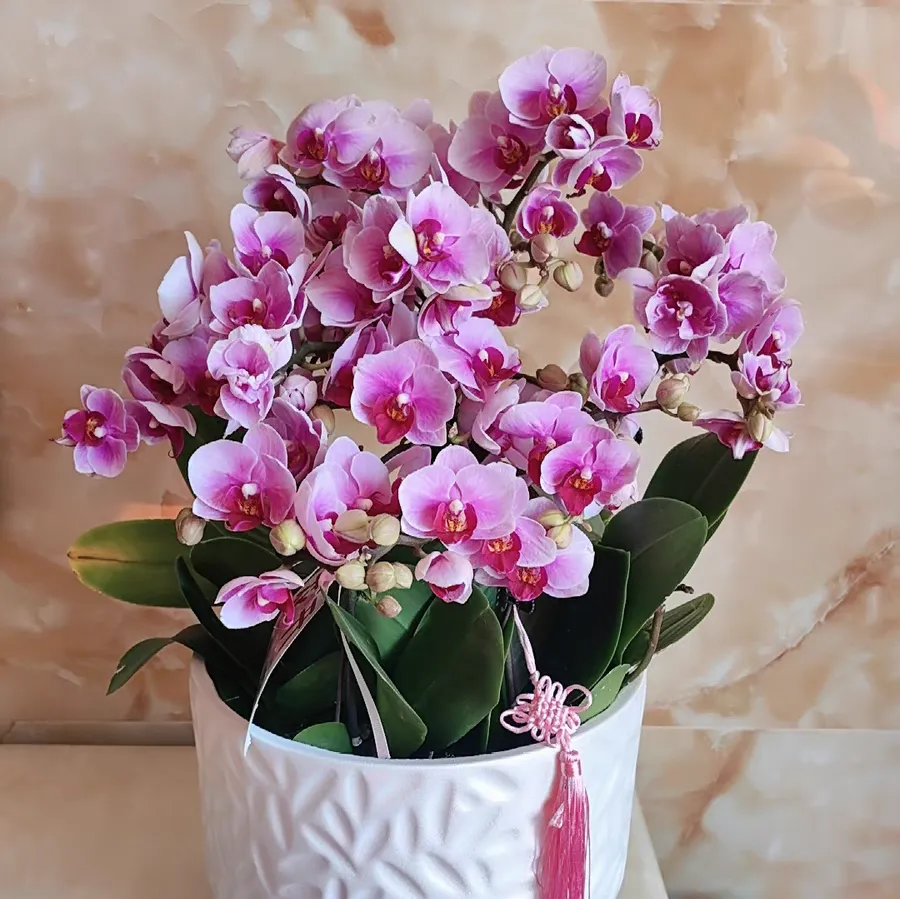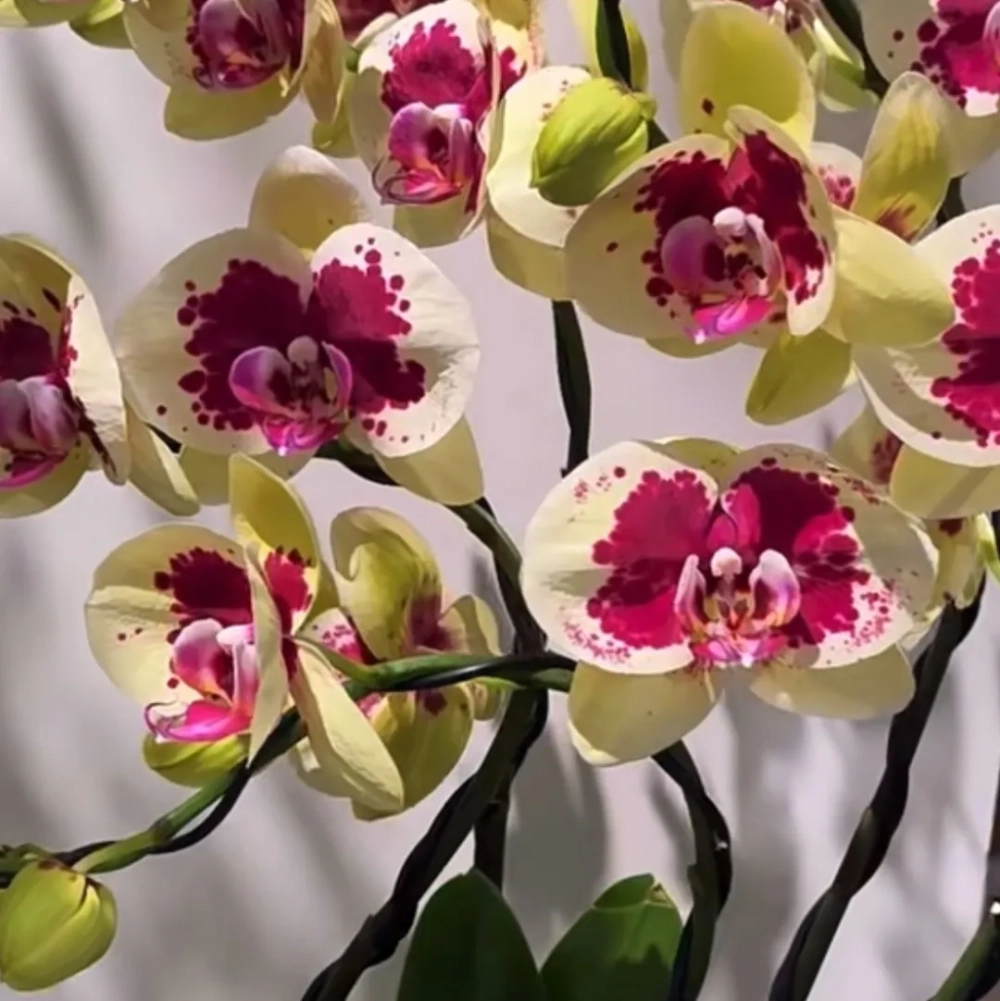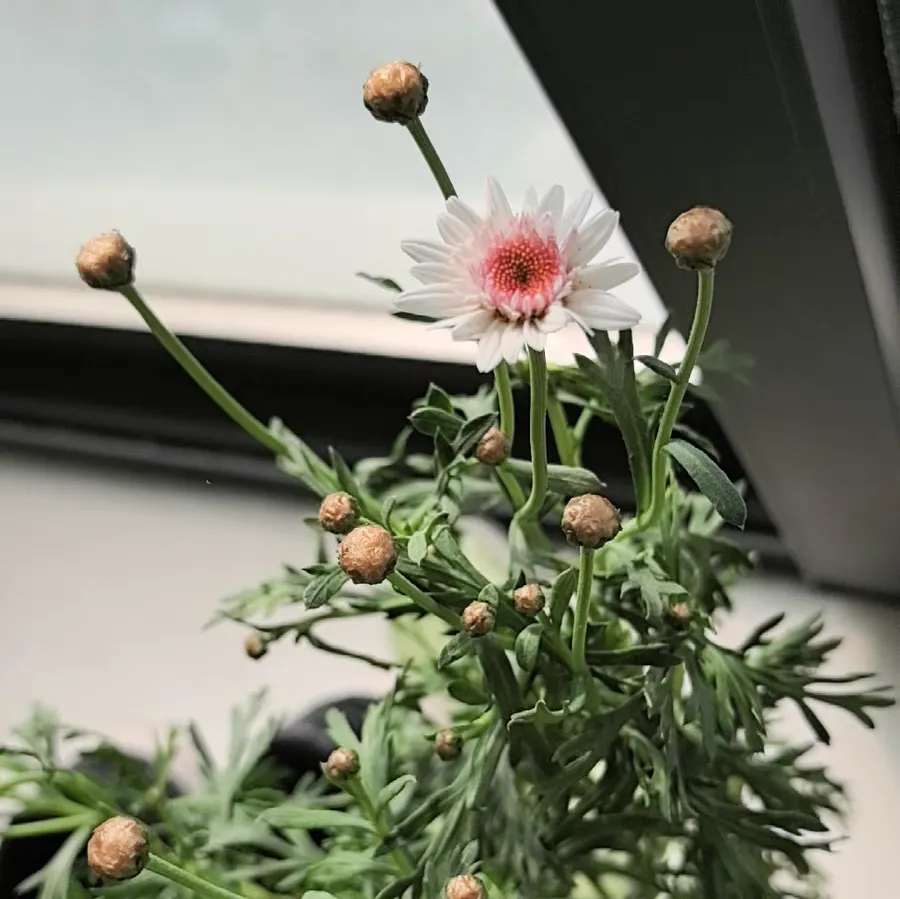As an epiphytic plant in tropical rainforests, the choice of substrate during the care process of Phalaenopsis is of crucial importance. Among numerous substrates, sphagnum moss and specialized soil are two common options. So, which is better for Phalaenopsis care, sphagnum moss or specialized soil? And what are their respective advantages and disadvantages?
Advantages of sphagnum moss:
Strong water retention: As a completely natural substrate, sphagnum moss has excellent water retention properties. It can continuously provide sufficient water for the roots of Phalaenopsis, eliminating the need for frequent watering and reducing the difficulty of care.
Loose and breathable: The loose nature of sphagnum moss enables the roots to easily obtain oxygen, which helps prevent root damage and rot, providing a favorable environment for the healthy growth of Phalaenopsis.
Harmless and environmentally friendly: Sphagnum moss contains no harmful chemical substances, is harmless to the environment, and has good degradability, reducing environmental pollution.
Disadvantages of sphagnum moss:
Excessive water retention: Although sphagnum moss has strong water retention, in environments with high humidity, if the ventilation is poor, it is easy to cause root rot. Especially in southern regions, attention needs to be paid to controlling the amount of watering and ventilation conditions.
Service life: The service life of sphagnum moss is relatively short. Generally, it needs to be replaced after two years of use to maintain its good water retention and breathability.
Advantages of specialized soil:
Good breathability: Specialized soil is usually made by mixing materials such as pine bark, coconut husk, and perlite. These materials have good breathability and provide sufficient oxygen for the roots of Phalaenopsis, helping to prevent root rot.
Excellent drainage: By reasonably combining substrate materials, specialized soil can effectively improve the drainage performance, avoid waterlogging in the soil, and ensure that Phalaenopsis can enjoy the nourishment of water while staying away from the threat of waterlogging.
Moderate pH: Phalaenopsis prefers a slightly acidic growth environment. The pH of specialized soil can be precisely controlled during preparation to meet the growth requirements of Phalaenopsis.
Disadvantages of specialized soil:
Complex care: Compared with sphagnum moss, the care of specialized soil is relatively complex. It is necessary to regularly observe the breathability, drainage, and pH of the soil and adjust the care measures in a timely manner to ensure the healthy growth of Phalaenopsis.
Higher cost: There are relatively more materials for preparing specialized soil, and the proportion needs to be precisely controlled, so the cost is relatively high. For beginners or flower lovers with limited budgets, there may be certain economic pressures.
Both sphagnum moss and specialized soil have their own advantages and disadvantages. Sphagnum moss is simple and easy to use with strong water retention, but attention needs to be paid to ventilation and controlling the amount of watering. Specialized soil has good breathability and excellent drainage, but its care is relatively complex and the cost is higher. When choosing, comprehensive consideration can be given according to one's own care experience, budget, and the climate conditions of the region.
For beginners or flower lovers with limited time, sphagnum moss may be a more suitable choice. For those flower lovers with certain care experience and who hope to provide a higher-quality growth environment for Phalaenopsis, specialized soil is a choice worth trying. No matter which substrate is chosen, close attention needs to be paid to the growth status of Phalaenopsis and care measures should be adjusted in a timely manner to ensure its healthy growth.
Is sphagnum moss or specialized soil better for Phalaenopsis care?

Share with
Tagged in :




Leave a Reply